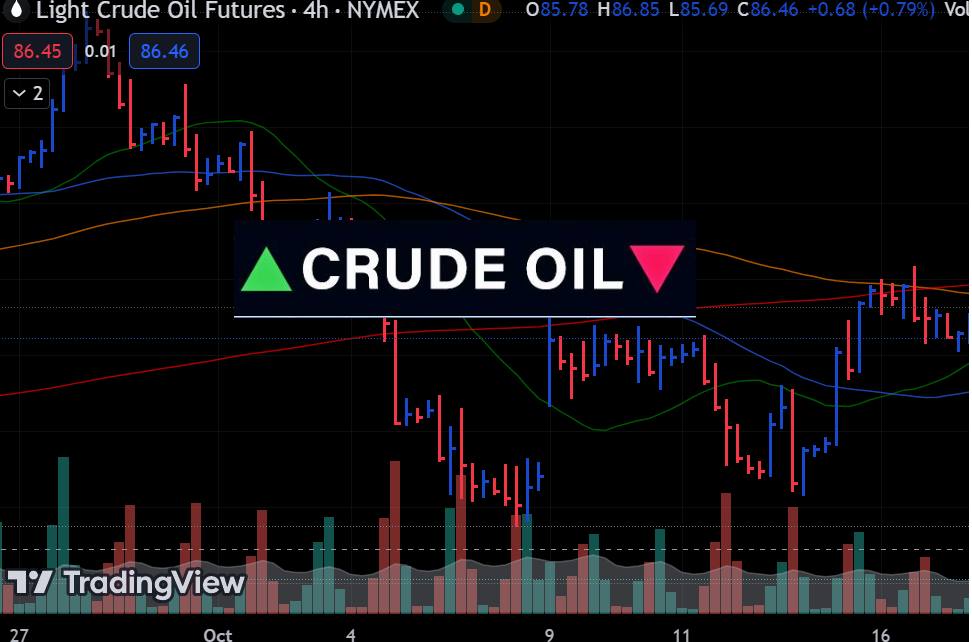- Data revealed that US crude inventories fell by 1.4 million barrels last week.
- Goldman Sachs said there was a lower chance OPEC would increase production at its June meeting.
- The greenback increased as investors prepared to receive the all-important US inflation figures next week.
Oil prices increased slightly on Thursday as US inventory data surprised to the upside, indicating better-than-expected demand. At the same time, investors lowered their expectations for an increase in production at OPEC’s June meeting.
WTI, Crude inventories (Source: Bloomberg, EIA)
Notably, data on Wednesday revealed that US crude inventories fell by 1.4 million barrels last week. This was much bigger than the 1.1 million decrease expected by economists. The decline in inventories came from stronger refining activity and increased exports. Refining activity in the US increased by a percentage point of total capacity. Moreover, the data contradicted American Petroleum Institute figures, which showed a jump in US crude inventories.
Meanwhile, Goldman Sachs said on Wednesday that there was a lower chance that OPEC would increase production at its June meeting. This means that supply will likely remain at current levels. An increase would weigh heavily on prices as it would loosen the market.
However, oil prices faced headwinds as the dollar increased. A stronger dollar makes oil expensive to foreign buyers, thereby reducing demand. Notably, the greenback increased as investors prepared to receive the all-important US inflation figures next week. Recent data has shown that inflation in the country has paused above the central bank’s target. Another upbeat inflation report could lead to a decline in rate-cut expectations. This means the Federal Reserve would hold high rates for longer, hurting oil demand. Such an outcome would significantly impact prices as investors are now more focused on demand than supply.
Meanwhile, a downbeat inflation report would increase bets that the Fed will cut rates in September. Lower borrowing costs generally create a good business environment, allowing the economy to grow, which in turn increases fuel demand. Therefore, a poor inflation report would be bullish for oil.
Notably, geopolitical tensions have eased somewhat, reducing the risk of tighter supply and higher oil prices. The US is working to broker a deal between Israel and Hamas that would put a pause in the war and reduce the impact on oil supply. Oil prices could further drop if the ceasefire deal goes through. On the other hand, if it does not, the risk of an escalation will keep investors on high alert.





